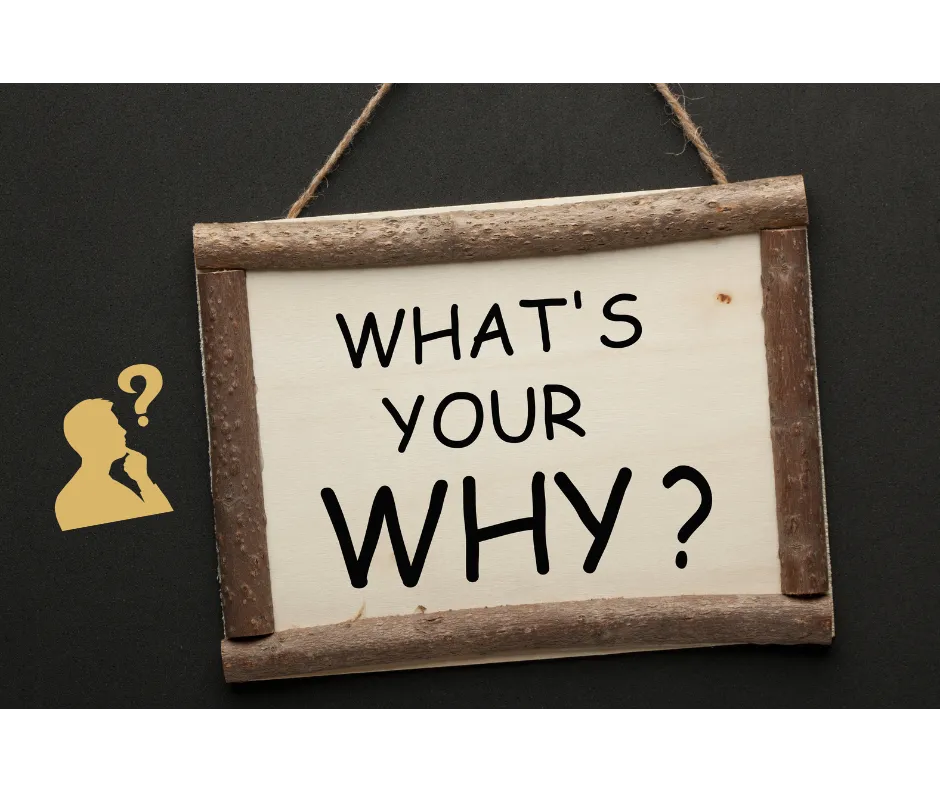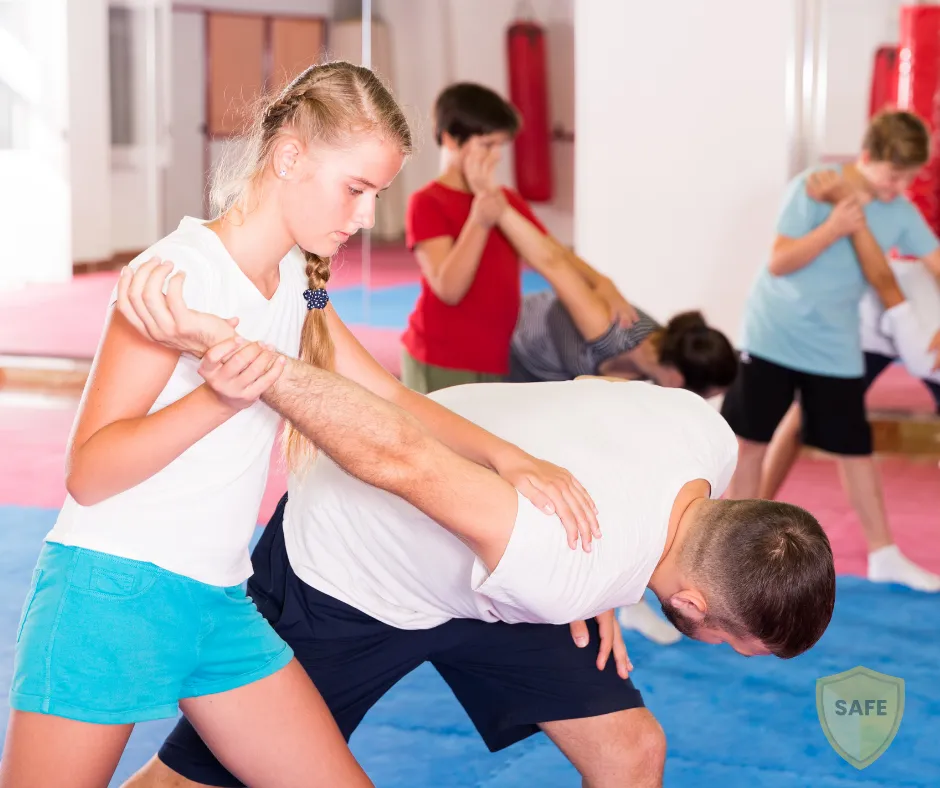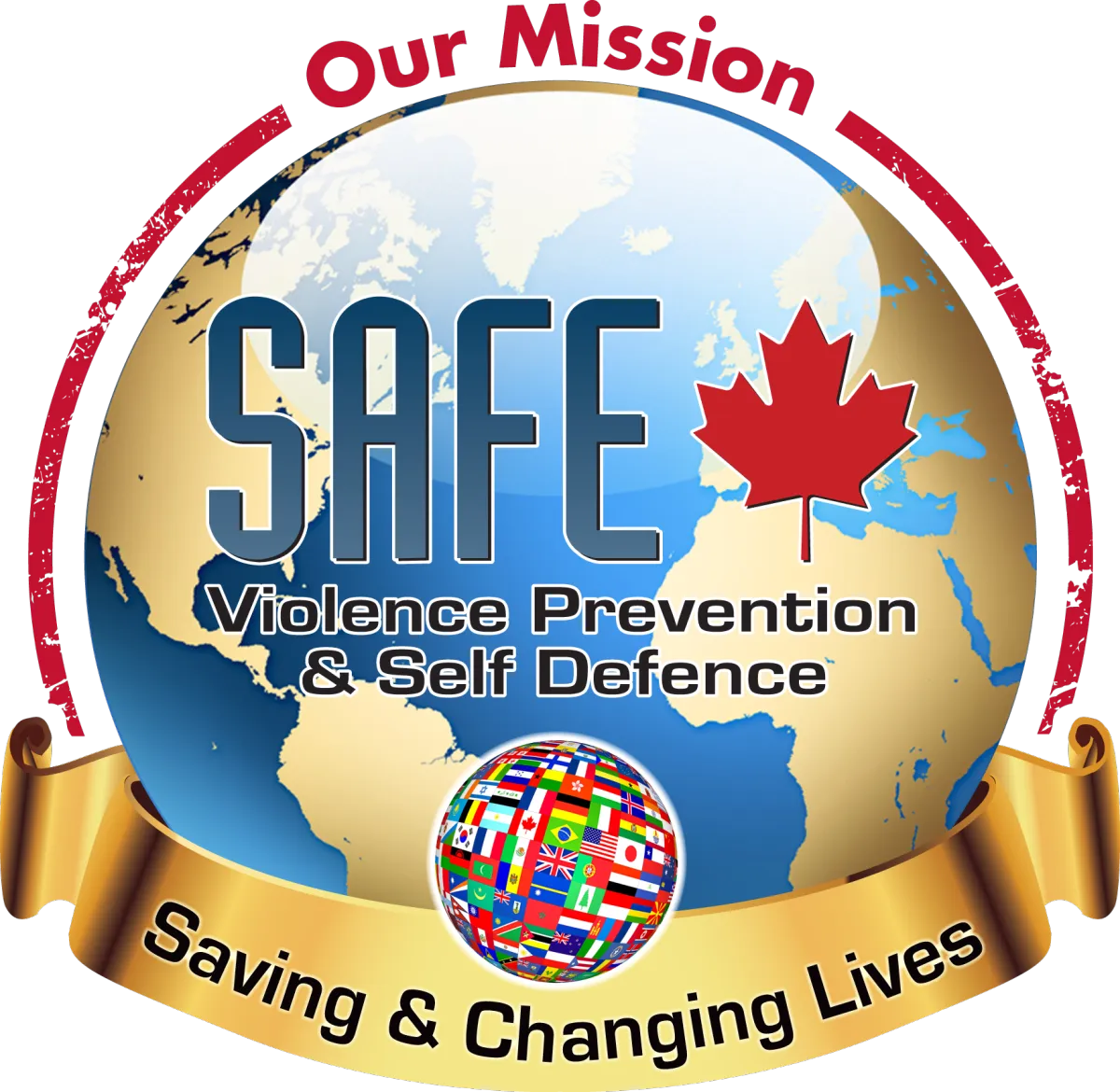Tips on How to Become a Great Self-Defence Instructor
Practical advice, field-tested tips that work, and insights from 30+ years helping instructors prepare everyday people to stay safe.
#1 – Do You Know Why You Teach Self-Defence?
Maybe you’ve given it some thought. Maybe not.
But defining your “why” — and your who — is the foundation of everything that follows.
Why do I teach self-defence?
Was it a personal experience — something that left a mark, a moment that still sits with you?
Maybe it made you say, “No one should ever have to go through that.”
Or maybe you saw someone you care about get hurt, ignored, or frozen by fear… and you knew you wanted to be part of the solution.
Who do I really want to help?
Maybe your current focus is solid… but are there people you’ve unintentionally overlooked — people who might never train long-term, but still need to walk away safer?
Is what I teach aligned with what I believe?
Do you feel boxed in by rigid curriculum?
Have you sensed something’s missing — that there’s a deeper way to connect?
Are you open to evolving what you teach so it reflects not just skills, but purpose?

Instructor Insight
Write down your top 3 reasons for teaching — and your top 3 frustrations.
It might be the most important drill you do all year.
If what you uncover confirms you’re on the right path — fantastic.
If not, ask yourself: What small shift could bring things back into alignment?
Want to Explore Whether Certification Is Right for You?
Download the FREE SAFE Instructor Readiness Kit
It’s a no-pressure way to explore what makes a great instructor, how SAFE works, and whether this path is the right fit for your experience and goals.
#2 – Common Mistakes Even Good Instructors Make
Being a great instructor isn’t about how much you know.
It’s about how much your students remember, absorb, and apply.

Teaching self-defence isn’t just about transferring techniques.
It’s about helping students navigate fear, adrenaline, and unpredictability — especially in real-world situations they never saw coming.
Here are some of the most common missteps we’ve seen (and even made ourselves):
⚠️ Overloading students with too much at once
Trying to cram in every concept or move in a single session — often leaves people overwhelmed and foggy.
⚠️ Teaching like a demo video
Focusing on performance instead of helping students absorb what’s actually relevant to them.
⚠️ Skipping prevention and de-escalation
Going straight to physical tactics without addressing awareness, intuition, or how to avoid conflict entirely.
⚠️ Teaching from ego, not empathy
When the session becomes more about the instructor looking sharp — and less about the student walking away safer.
Instructor Insight
These mistakes aren’t about laziness or bad intentions — they’re often passed down unknowingly.
But they can lead to false confidence… or worse, no retention at all.
✅ The best instructors simplify. They connect. And they focus on what sticks — especially when someone might only train once.
#3 – What Great Instructors Actually Do
It’s not about teaching more — it’s about teaching what matters.
Great instructors don’t just deliver lessons — they create moments that stick.
Understanding common missteps isn’t about shame — it’s about growth.
The most impactful instructors aren’t always the most technical.
They listen more than they talk — and focus more on their students than themselves.
✅ They simplify
They don’t try to impress with volume. They focus on what will actually stick — especially for people who may never take another class.
✅ They adapt
They read the room. They adjust drills based on comfort, ability, or environment. They don’t need everything to be perfect — just real.
✅ They connect
They teach with empathy. They make space for questions. They build trust. The goal isn’t to show off — it’s to make the student feel seen and supported.
These aren’t flashy traits… but they’re what make a lesson life-changing — not just educational.

Instructor Insight
The most effective instructors don’t just transfer skills — they transfer confidence.
They create space for students to feel safe, make mistakes, and grow.
They know that if someone walks away more aware, more prepared, and more empowered — that’s success.
#4 – Does Your Teaching Start Backwards?
It’s not just about stopping violence once it starts.
Great teaching begins by helping people avoid it altogether — in the real contexts they live in.
Whether it’s loyalty to a traditional curriculum, or pressure to “get to the techniques,” too many programs jump straight to the fight — instead of the life that happens before it.
Sure, we hear things like:
• “Be aware of your surroundings.”
• “Don’t wear headphones.”
• “Walk with confidence.”
But what does that really mean to someone who’s never thought about it — or who walks through life carrying fear every day?
Here’s the truth:
What’s common sense to an instructor is often completely foreign to the client.
And surface-level advice without real-life context doesn’t empower — it confuses or even shuts people down.
The most powerful lessons come from real conversations
.
From stories.
From helping people recognize risks in their daily routines — not just when they’re imagining a “bad guy in the alley.”
Yelling “BACK OFF” might work in some situations…
But what about when the threat is someone they know?
What if the danger is coming from inside a relationship?
As instructors, we owe it to our clients to start earlier.
To go deeper.
And to focus on prevention — not just response.
Instructor Insight
Great instructors don’t just prepare people for a fight — they prepare them to avoid one.
They help students see how violence often hides in plain sight — and how awareness, boundaries, and smart choices can be more powerful than any punch.
SAFE Violence Prevention & Self Defence — Changing & Saving Lives Since 1994
Contact SAFE Violence Prevention & Self Defence
"Changing & Saving Lives Since 1994"
Have questions or want help choosing the right program?
Chris would love to hear from you directly.
Contact Info
📞 Canada: 1-800-465-5972
📍 Based in Ontario, Canada — serving clients locally & globally
Copyrights 2025 | SAFE Violence Prevention & Self Defence™ | Terms & Conditions

Mail
Facebook
LinkedIn